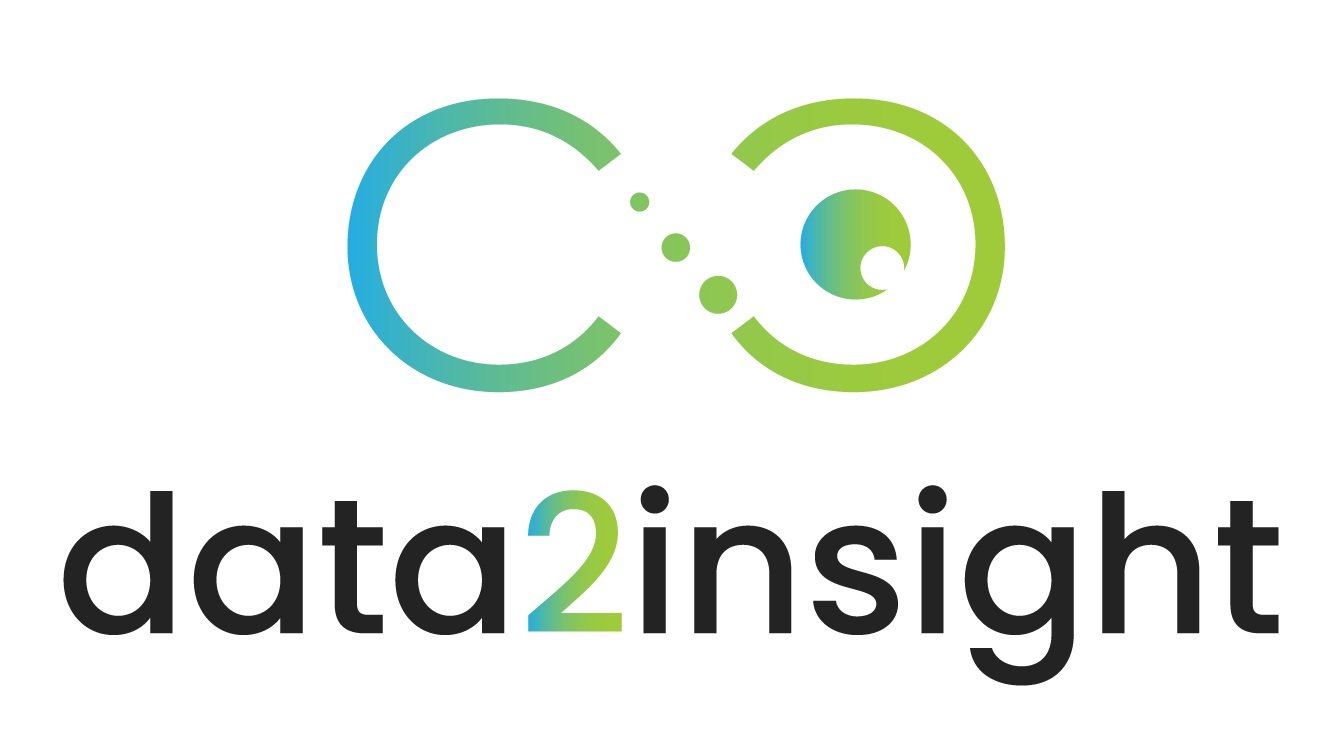Keys to DEI Measurement Success
“Great achievements are not born from a single vision but from the combination of many distinctive viewpoints. Diversity challenges assumptions, opens minds, and unlocks our potential to solve any problems we may face.”
Why is DEI measurement important?
If you cannot measure how you are doing, you can’t get to where you want to go (or even know when
you get there).Practical performance and process measurement is needed to celebrate your wins along the way. And you need to celebrate the wins because this is a long, ongoing journey.
DEI measurement is critical to learning, improving, and achieving the company’s strategic goals.
How can we use and misuse measurement?
Where is your team on this continuum?
Universal DEI measurement challenges
People have the wrong understanding of what performance measurement is
Goals are hard to measure or immeasurable
Measures are hard to find or meaningless
People don’t buy in to measures or measuring
Implementation of measures wastes time and money
Can’t agree on interpretation of measures
Performance reports don’t lead to insight or action
Performance isn’t improving and targets are not met
Most common causes for DEI measurement issues
Use measures to judge people’s performance
Write strategy with vague, weasely language
Use brainstorming to choose measures
Ask people to simply sign off on selected measures
Rush to get data and build dashboards
Compare this month to last month to assess performance
Use performance reports to CYA
SOLUTION
Practical performance measurement process
The PuMP® Performance Measure Blueprint
DEI questions every company wants to answer and the measures you need to answer these questions
Can your company ensure all your employees are receiving equitable access to resources so they can be successful in their jobs?
Resource allocation: time and money per employee per year available and accessed by department for goal achievement support (e.g., learning and professional development, strategy sessions, measurement and evaluation, team performance building)
Are any of your employees overworked, underpaid, and under-resourced?
Compensation Profile: longitudinal correlation analysis between compensation and job profile disaggregated by social demographics, role, and department
Total Compensation Equity: pay band and benefits analysis to ensure that total compensation is aligned with company compensation strategy
Work Hours Pattern: median and range of hours worked per month by employees disaggregated by social demographics, role, and department
Are all your employees receiving equitable performance reviews so they have a path for career advancement? Are all your employees receiving equitable opportunities for promotions so they’re not trapped in lower-level jobs?
Performance Review Implementation: percentage of managers/supervisors who have provided a documented performance review to their team members in the last 12 months
Performance Review Documentation: percentage of employees who have a documented performance review in their employee file completed in the past 12 months
Goal Setting Indicator: percentage of employees who have agreed on SMART goals documented in their employee file
Equitable Advancement Check: annual resolution of inequities based on compensation and career advancement pathways and communication of processes that will prevent inequities going forward
Do all your employees feel safe to report instances of insensitive comments and behaviors, harassment or inequity without fear of retaliation?
Bullying Indicator: percentage of employees who have been targets of or witnessed bullying in the last year disaggregated by social demographics and department
Insensitivity Indicator: percentage of employees who have been the targets of or witnessed insensitive comments and behaviors in the last year disaggregated by social demographics and department
Conflict Resolution Indicator: documentation of and training for processes for conflict resolution, reporting insensitive comments and behaviors, and comments
Progress Reports: 1) monitoring and evaluating use and impact of conflict resolution processes 2) sharing lessons learned 3) documenting improvements made to reduce insensitive comments and behaviors and increase respectful relationship building
Safety monitoring: e.g., # of days with no safety reports on job site, # of safety reports by employee
Foundational data
Demographic data: for vendors, suppliers, sub-contractors, and employees
Years of industry experience
Differing abilities/needs for accommodation
Formal and informal education
Certifications/recognition
Community service
Political orientation
Gender identity
Race and ethnicity
Age
Sexual orientation
Religion/Spirituality
Employee/Sub-Contractor/Client/Vendor Sentiment: Intent to Stay, Regrettable Turnover, DEI Net Promoter Score, Organizational Commitment, Readiness of Organizational Learning & Evaluation
Hiring & Career Journey Indicators: (AKA retention) describing recruiting, including demographics of applicant pool, hiring, onboarding, retention, and exit experiences, wins, and lessons learned
Next steps
Document what foundational data you are and are not collecting as a baseline.
Agree on where your team wants to focus for the next 3 months-starting with the questions above will help you choose an area of focus.
Think about the small wins and big impact you want to have.
Develop an action plan
Develop a strategic plan with 2-3 SMART goals. This plan should become a part of the organization’s larger strategic plan.
Engage people from outside HR to participate in the planning including at least one executive sponsor.
Develop a statement of purpose that connects with the organization’s mission but is specific to your DEI work.
Assess the resources needed and available to carry out your plan.
Seek opportunities to partner with other organizations in your community (e.g., AGC).
Develop an advisory committee.
Include Culturally Relevant Professional Development (CRPD) in your action plan.
Implement and evaluate your action plan
Publish on-going evaluations of progress by reporting in staff meetings, on your website, etc.
Schedule updates from lead people on status.
Identify challenges and barriers to success.
Adjust or change the plan as needed (review each of these steps to evaluate your plan).
Celebrate
Celebrate your accomplishments.
Publicly acknowledge people’s efforts.


